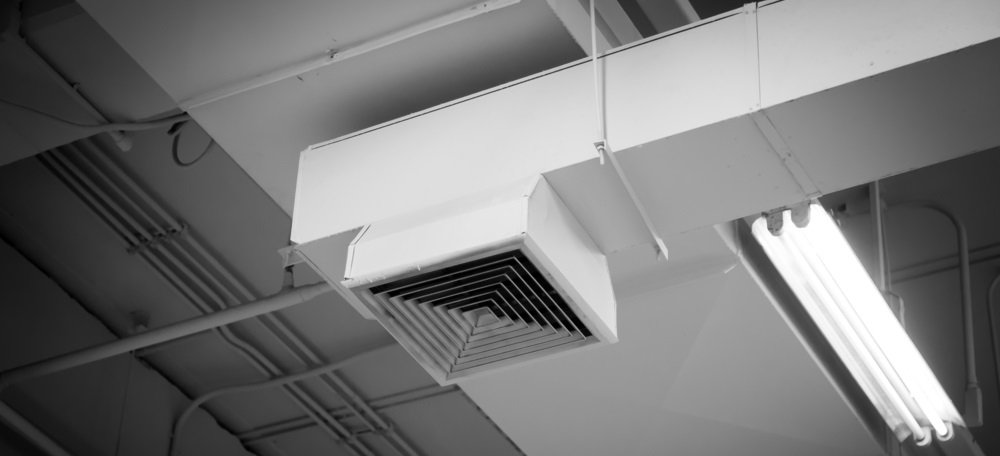
Why do we need Energy Codes?
World has seen an exponential growth in energy consumption in the last few decades. in spite of this growth large part of our energy still

World has seen an exponential growth in energy consumption in the last few decades. in spite of this growth large part of our energy still

Energy impacts associated with the hot water distribution systemvary widely based on the type of system, quality of insulation and installation, building andplumbing design, and hot water use patterns. For this reason, it is important to choose the right water heater and have a good distribution system design.

The intent of the solar-ready requirements is to provide a penetration-free and shade-free portion of the roof, called the solar zone. This solar zone helps ensure that future installation of a solar energy system is not precluded by the original design and layout of the building and associated equipment. There is no infrastructure related requirements, such as installation of conduit or piping, inclusion of collateral structural loads, or preinstalled mounting hardware.
The requirements for solar-ready buildings are mandatory measures for newly constructed single-family and low-rise multifamily residential buildings and do not apply to either additions or alterations.

The radiant barrier is a reflective material that reduces radiant heat transfer caused by solar
heat gain in the roof. Radiant barriers are installed below the roof deck in the attic and
reduce radiant heat to air distribution ducts and insulation located below the radiant barrier.

For residential buildings and spaces, all of the lighting requirements are mandatory
measures. There are no tradeoffs between lighting and other building features and lighting is
not part of any component package under the prescriptive method.
The residential lighting Energy Standards apply only to permanently installed luminaires,
including luminaires with easily interchangeable lamps, but do not apply to portable
luminaires such as table lamps or freestanding floor lamps

Insulation is one of the least expensive measures to improve building energy efficiency.
Insulation requires no maintenance, helps improve indoor comfort, and provides excellent
sound control. Adding extra insulation at a later time is much more expensive than
maximizing insulation levels at the beginning of construction.

Most heating and cooling equipment installed in new California homes is regulated by the National Appliance Efficiency Conservation Act (NAECA) and/or the California Appliance Efficiency

For all New Constructions and for almost all major Remodeling projects HERS site verification is required. Title 24 permit document describes When and what kind

Title 24 Glossary of Terms Acceptance Requirements Test procedures that include equipment and systems to be tested, functions to be tested, conditions under which the

Air Distribution System Ducts, Plenums, and Fans Air distribution system performance can have a big effect on overall HVAC system efficiency. Therefore, air distribution systems